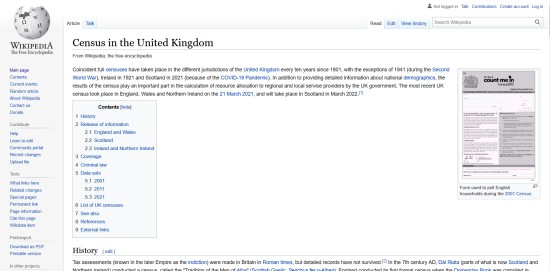The Abyssinian War
October 1935Il Duce's War: Abyssinia!
Scenario: Abyssinia, November 1935: You are the Force Commander of the Southern Attack column, consisting of the 29th Division (Peloritana), a Libyan Division, and several other forces, including the 28th October Black Shirt Division and the 5th (Cosseria) Division being brought in later as reinforcements. After celebrating last night's arrival of ladies from Rome and having recovered enough, your orders call for your force to advance and finish the job of taking Abyssinia. Your key objectives are to take and hold the following earnestly!: Marda Pass (starting point), Harar, Dlredawa, Warieu Pass, Awash, Hera, Aselle, Wondo and Addis Ababa.
Intelligence: This is a major effort for Commando Supremo Africa Orientale. Large concentrations of natives and Abyssinians appear to have been seen by aerial reconnaissance to the north. Several officers who have recently escaped from an ambush indicate that some appear to have limited artillery. Expect full support from the Regia Aeronautica. The enemy has spies everywhere and know your every move. (No Initiative Clock bonus at any time).

Download this challenging scenario and campaign from the PANZERKORPHQ Yahoo! Group (in the Free Scenarios folder). Visit us there or PANZERKORPS.COM.

Background
In early December 1934, the tensions on both sides erupted into what was known as the "Wal Wal incident." The resultant clash left approximately 150 Ethiopians and two Italians dead, and led to the "Abyssinia Crisis" at the League of Nations.
On 4 September 1935, the League of Nations exonerated both parties for the Wal Wal incident. The United Kingdom and France, keen to keep Italy as an ally against Germany, did not take strong steps to discourage an Italian military buildup. Italy soon began to build its forces on the borders of Ethiopia, in Eritrea and Italian Somaliland.
Italy was able to launch its invasion without interference, primarily due to the United Kingdom and France placing a high priority on retaining Italy as an ally in case hostilities broke out with Germany. To this end, on 7 January 1935, France signed an agreement with Italy giving them essentially a free hand in Africa, to secure Italian co-operation. Next, in April, Italy was further emboldened by being a member of the Stresa Front, an agreement to curb further German violations of the Treaty of Versailles. In June, non-interference was further assured by a political rift that had developed between the United Kingdom and France following the Anglo-German Naval Agreement. A last possible foreign ally of Ethiopia to fall away was Japan, which had served as a model to some Ethiopian intellectuals; the Japanese ambassador to Italy, Dr. Sugimura Yotaro, on 16 July assured Mussolini that his country held no political interests in Ethiopia and would keep neutral in Italy's coming war. His comments stirred up a furor inside Japan, where there had been popular affinity for the African Empire. Despite popular opinion, when the Ethiopians approached Japan for help on 2 August, they were refused completely: even a modest request for the Japanese government to officially state its support for Ethiopia in the coming conflict was denied.
With an attack appearing inevitable, Emperor Haile Selassie ordered a general mobilization of the Army of the Ethiopian Empire. His new recruits consisted of around 500,000 men, many of whom were armed with nothing more than spears and bows. Other soldiers carried more modern weapons, including rifles, but many of these were from before 1900 and were badly outdated.
According to Italian estimates, on the eve of hostilities, the Ethiopians had an army of 350,000-760,000 men. But only about one-quarter of this army had any kind of military training, and the men were armed with 400,000 rifles of every type and in every kind of condition.
In general, the Ethiopian armies were poorly equipped. They had about 200 antiquated pieces of artillery mounted on rigid gun carriages. There were also about 50 light and heavy anti-aircraft guns (20mm Oerlikons, 75mm Schneiders and Vickers). The Ethiopians even had some Ford truck-based armored cars, and a small number of Fiat 3000 World War I-era tanks.
The serviceable portion of the Imperial Ethiopian Air Force included three outmoded Potez 25 biplanes. A few transport aircraft were also acquired between 1934 and 1935 for ambulance work. In all, the air force consisted of 13 aircraft and four pilots at the outbreak of the war. The Ethiopian Air Force was commanded by a French pilot, Andre Maillet.






